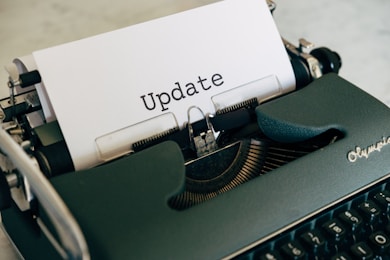Pages

 Technical Information
Technical Information
A technical walkthrough of the solution.
⌂
For more detailed information about how this all works, here’s a technical walkthrough of the encryption and decryption workflows.
If you’re already familiar with how I implemented encryption in my previous doc, , then head through to the page to see the updates I’ve made to the workflows since launching that previous doc.
The Template
You’ll notice some extremely important and highly confidential secrets are stored, but I’m confident enough in my implementation to know those are safely secured. 🤞
Adding a New Secret
If an attacker runs out of other options and is forced to brute-force the password, the first ones they’ll try are the many lists of “popular passwords” available online. I’m not going to link to any, but they’re easy enough to find.
Ew, why are you using a "Confirm Password" field?!
CYKAS
How does that work?
Ok but why are there two forms?
I was hoping the experience was fluid enough not to draw too much attention to itself, but congrats on spotting that something fishy was going on!
Why two forms?!?
Decrypting an Item
Wait, how did that work?
If all of this is piquing your interest in encryption, I can totally relate. It’s an absolutely fascinating field of computer science.
For a deep-dive into encryption in general, and the back-story behind this template, check out my doc “Can You Keep a Secret?”. It’s a deep-dive into the subject, full of interactive examples, history, hacking, games, demo apps, and more. I’m really proud of it, and I’m sure you’ll enjoy it.
If you’re ready to start with encryption in your own docs,
Ready to use encryption in your own Coda Docs?
Head to the Quick Start Guide and we’ll get you setup in no time!
Quick Start Guide
Want to print your doc?
This is not the way.
This is not the way.

Try clicking the ⋯ next to your doc name or using a keyboard shortcut (
CtrlP
) instead.
